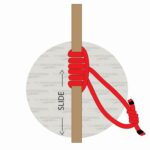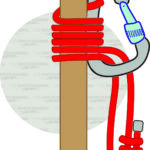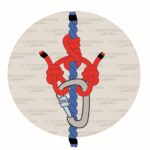An Autoblock knot is a friction hitch that can grip in any direction. Climbers and hikers use it for rappelling as a safety back-up knot. It goes below a rappel device and moves down the rope during a descent. It then cinches the rappel rope when the climber stops.
The Autoblock knot is also known as the French Prusik knot.
Quick Tying Guide: Autoblock Knot
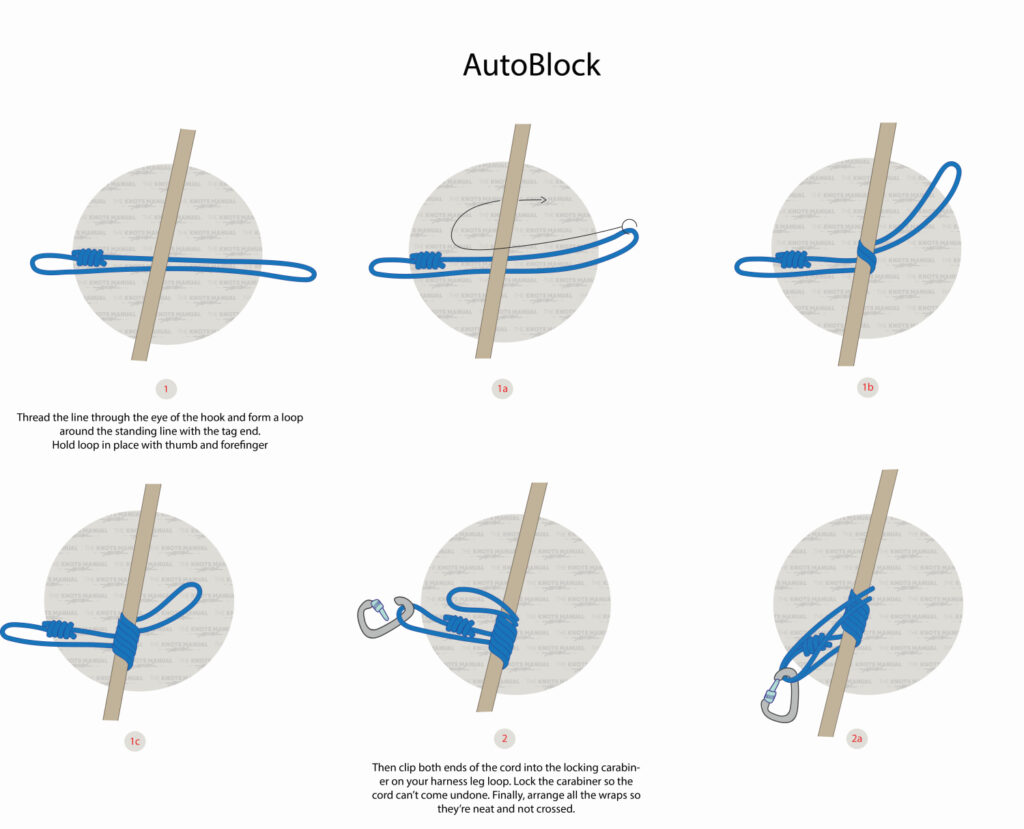
To tie an autoblock knot, wrap the hitch cord around the rappel ropes four to five times. Use up most of the cord during your wraps to create friction. Then, use a locking carabiner from your harness leg loop, clip both ends, and lock the carabiner. Finally, straighten out all the wraps so they’re not crossed.
The Pros and Cons of an Autoblock Knot
The biggest advantage of using an autoblock knot is its added safety when climbing. If the rappeler accidentally lets go of the brake line, the autoblock will immediately grip the rope and stop the descent.
The cons of using an autoblock knot is that it can easily be released, even under stress.
Knots similar to an Autoblock Knot
Prusik knot—A Prusik knot is a friction hitch used to attach a loop of cord around a rope. It works in both directions—up and down.
Klemheist knot—A type of friction hitch used for climbing. When weight is applied, this knot grips the rope. When the weight is removed, the rope can move.
Bachmann knot—This knot is an easy-to-reset friction hitch used in mountaineering.
Girth hitch knot—The Girth knot attaches to a sling or webbing strap loop to a harness or rope.
Clove hitch—A strong and adjustable knot that attaches a rope to an object for a short time.
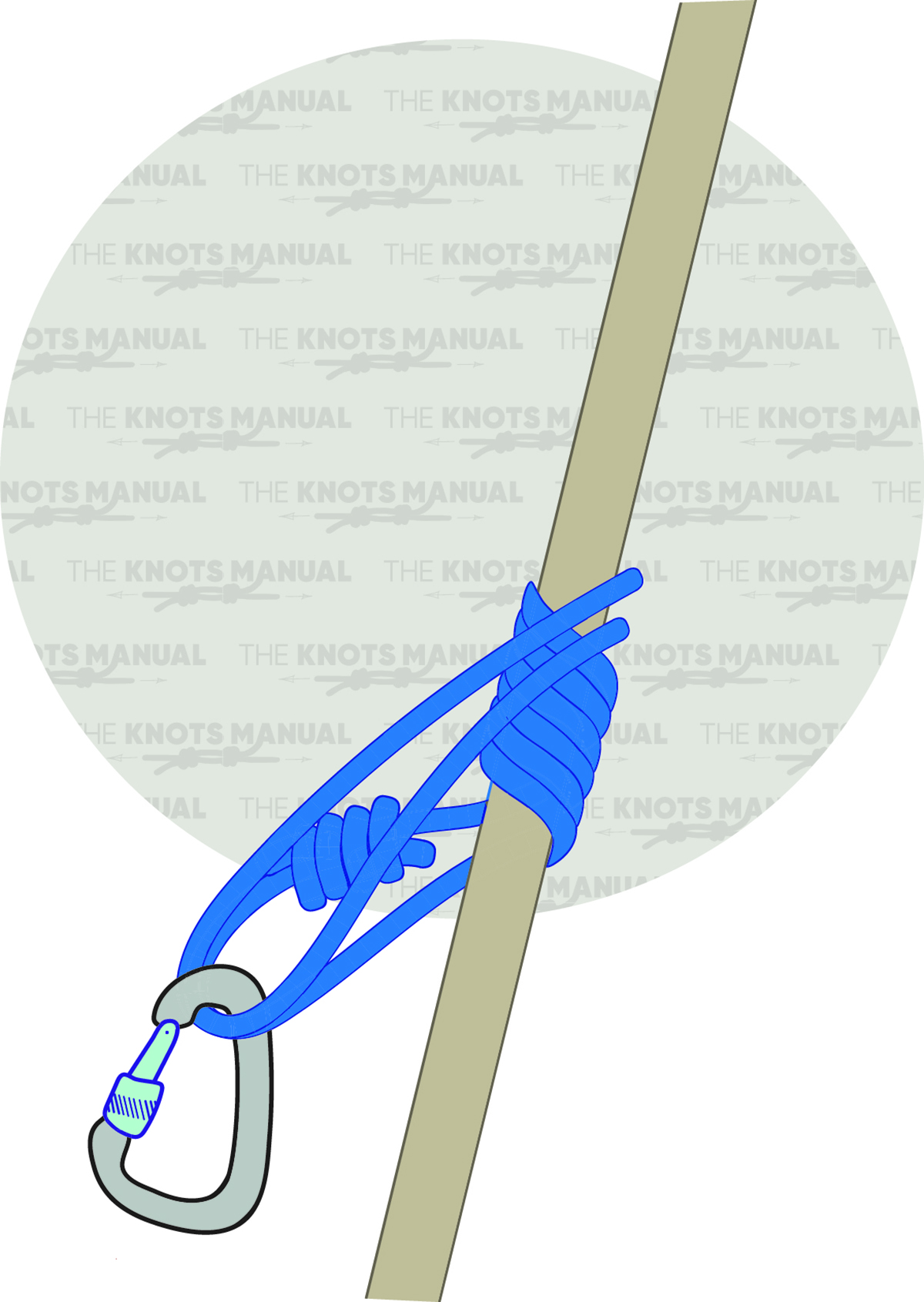
Step 1:
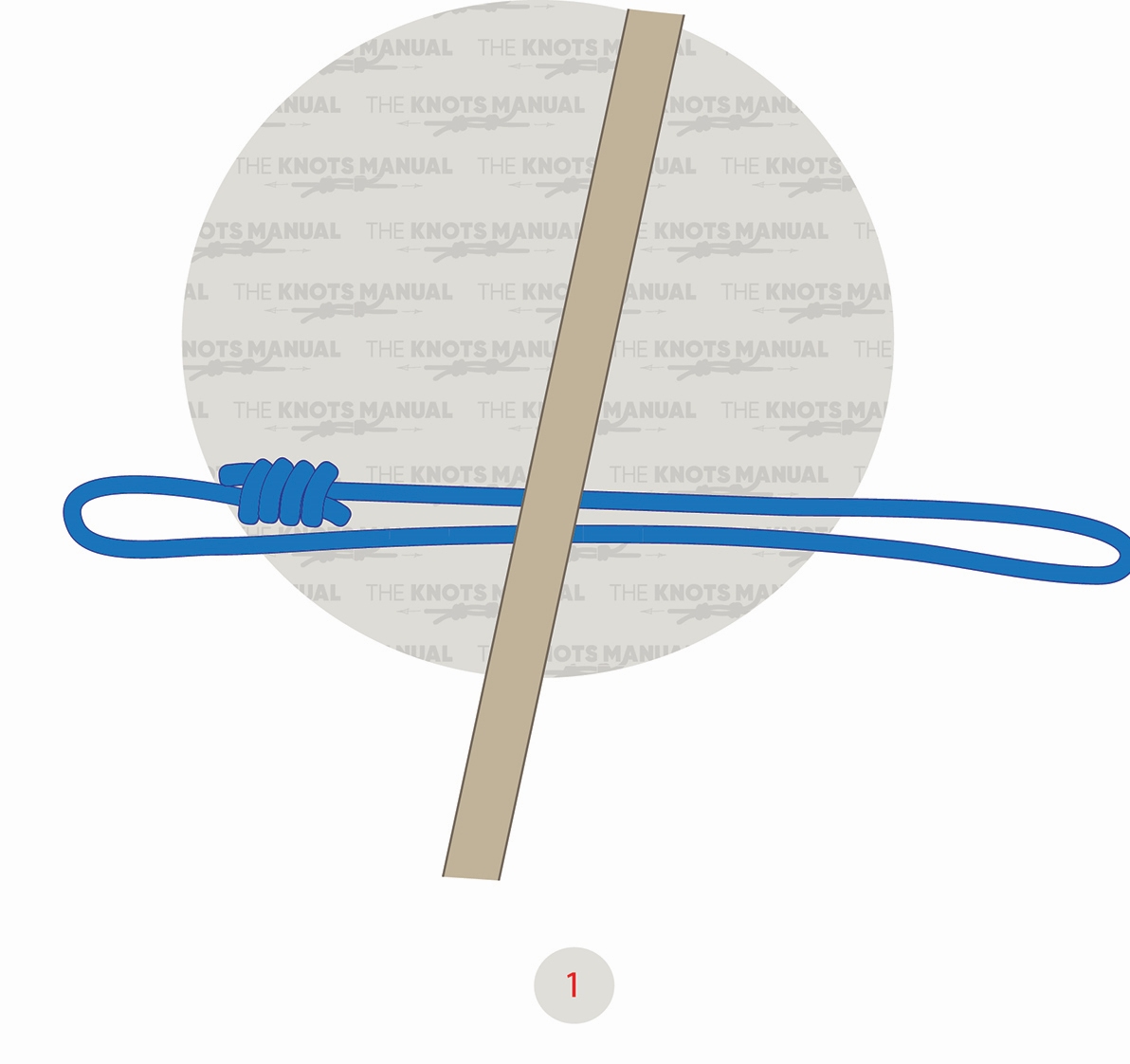
Wrap your hitch cord around your rappel ropes four to five times or until you’ve used most of the cordage.
Step 1a:
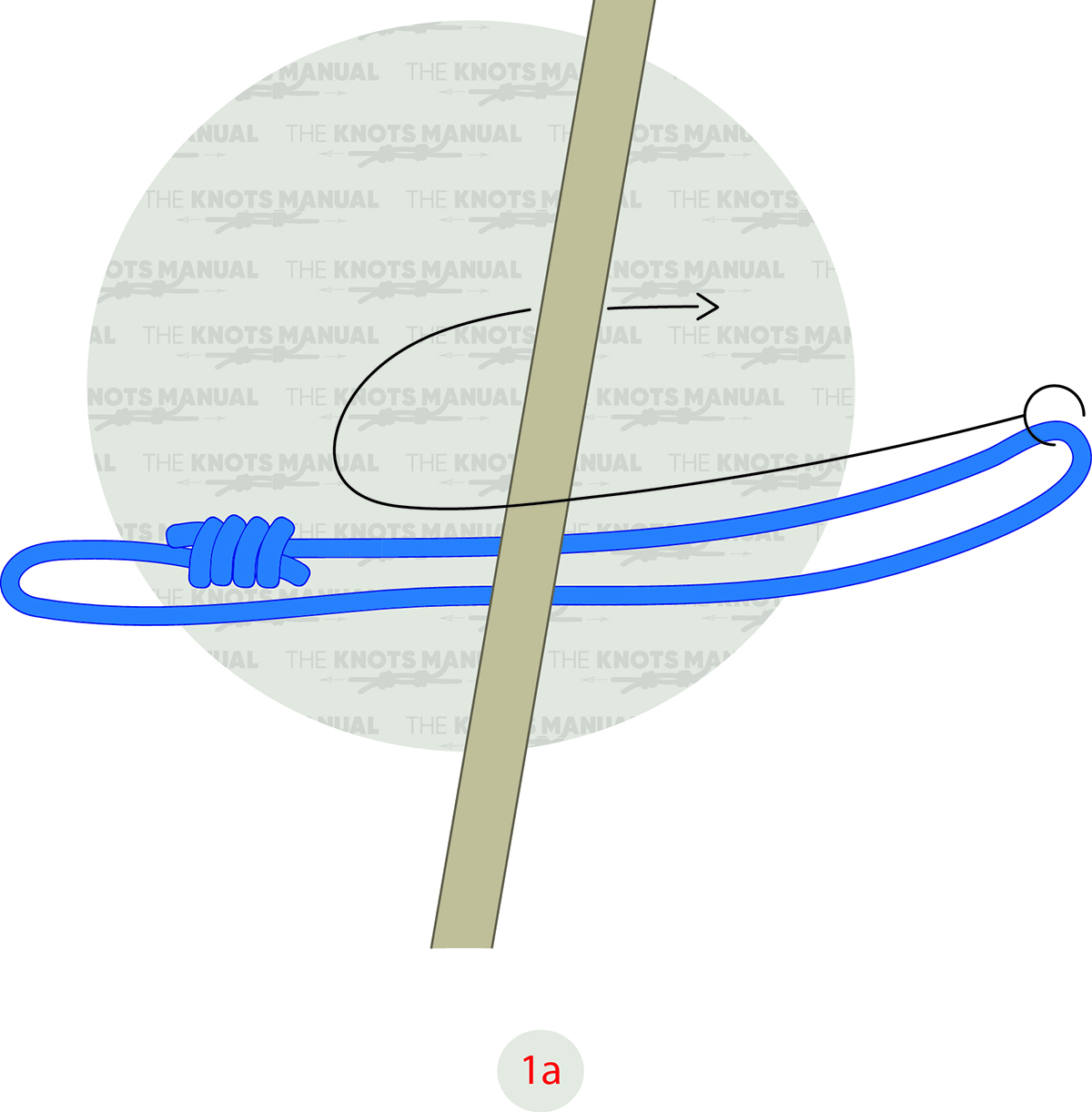
Step 1b:
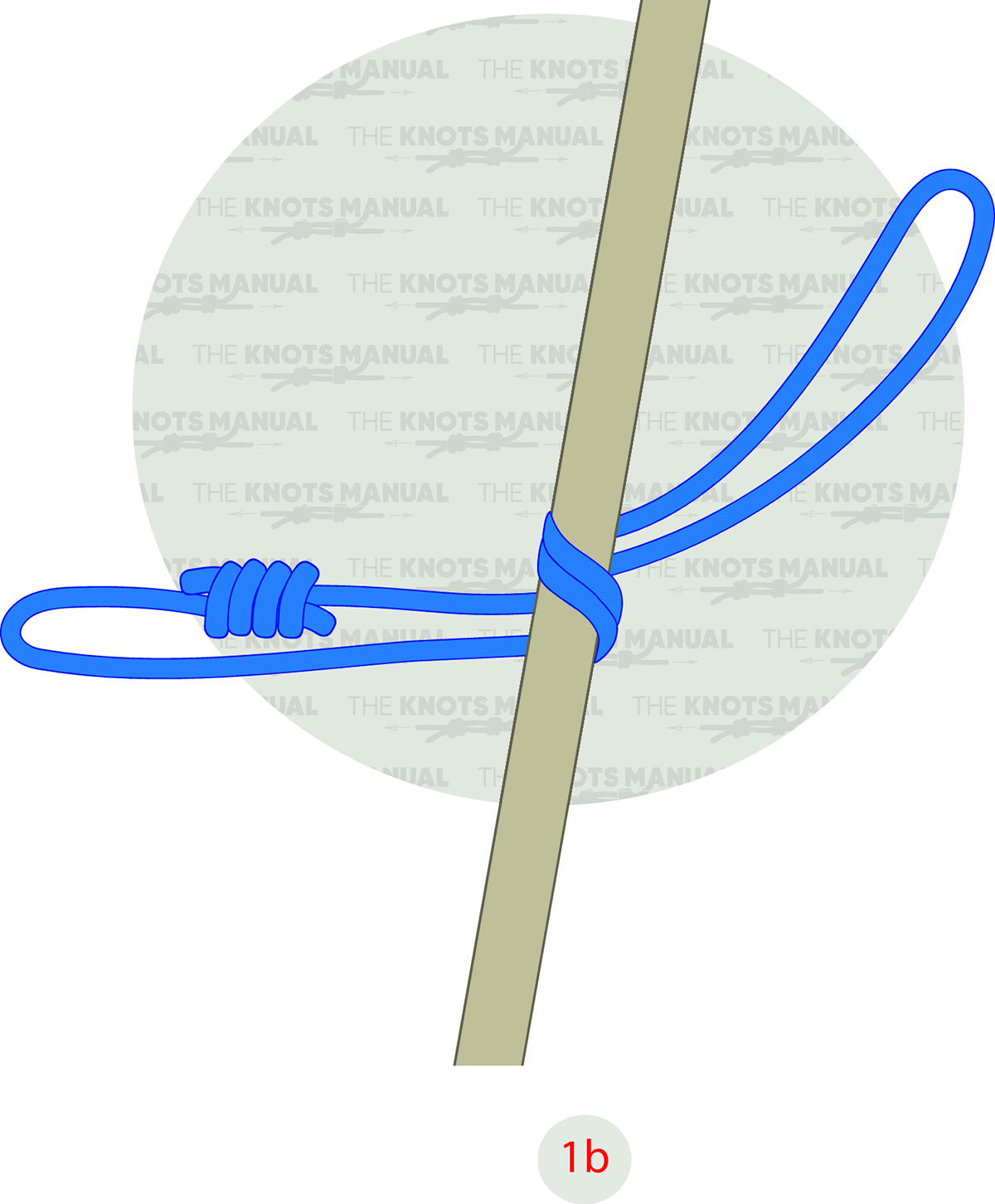
Step 1c:
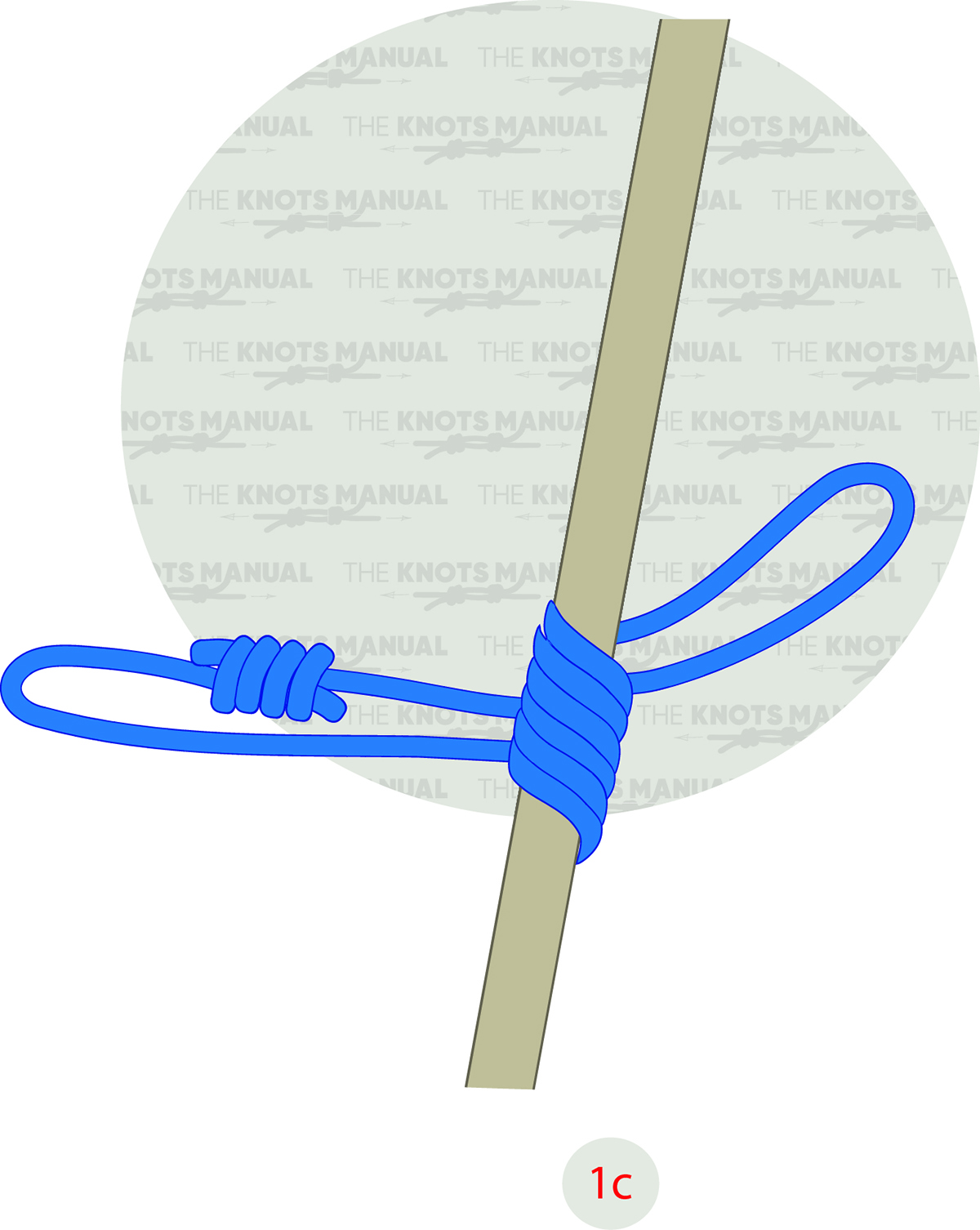
Step 2:
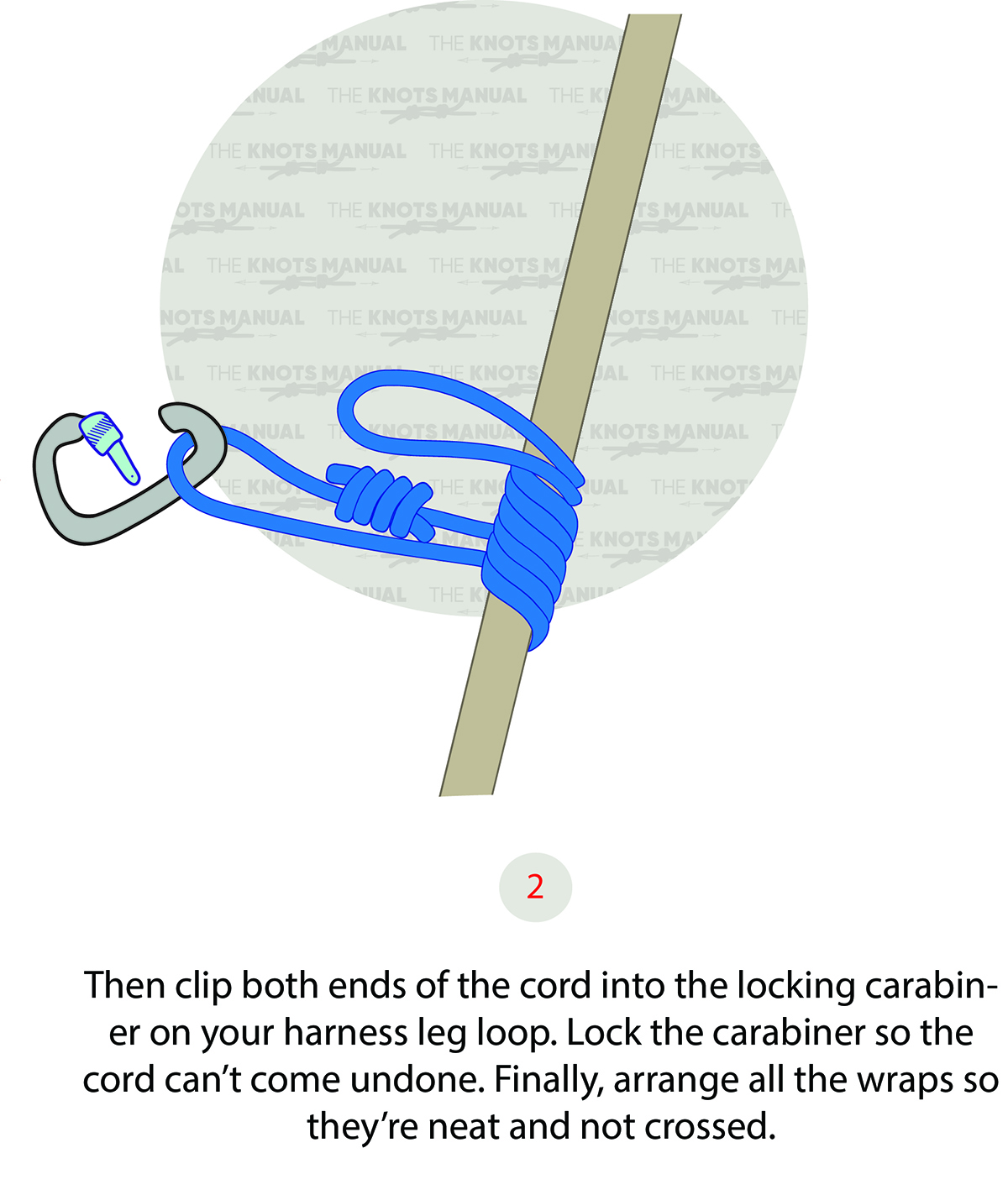
Step 2a:
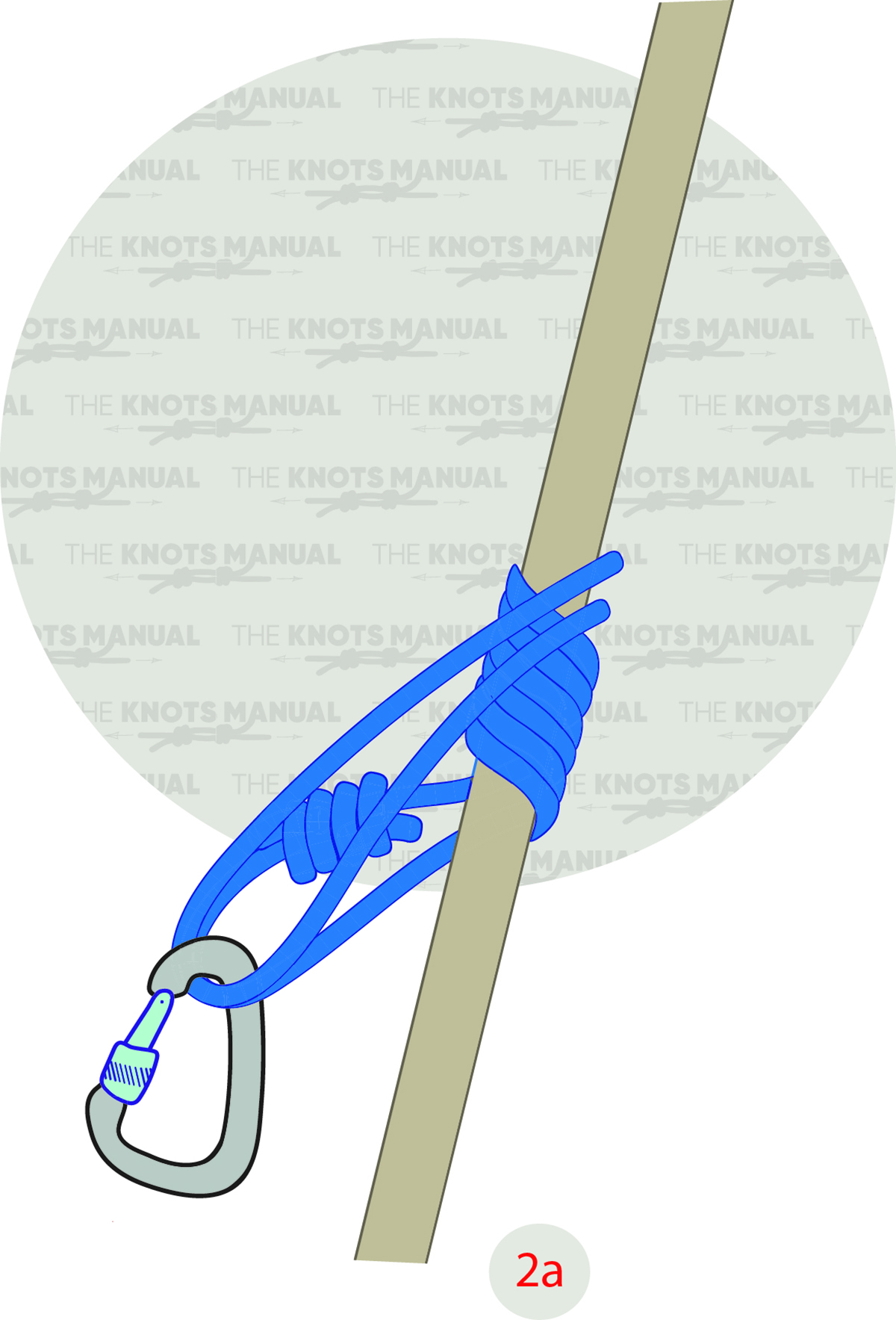
Clip both ends of the autoblock hitch cord into the locking carabiner on the harness leg loop. Lock the carabiner to ensure that the cord doesn’t come undone. Lastly, arrange the wraps so they are organized and not crossed.
